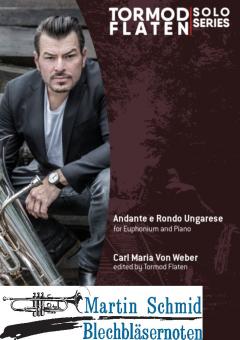

The first number stands for Trumpet, the second for Horn, the third for Trombone, the fourth (separated from the first three by a dot) for Euphonium and the fifth for Tuba. The bracketed numbers tell you how many of each instrument are in the ensemble. Quintet - Flute, Oboe, Clarinet, Bassoon & Horn - įollowing many of the titles in our Brass Ensemble catalog, you will see a set of five numbers enclosed in square brackets, as in this example:Ĭopland Fanfare for the Common Man Item: 02158.Quartet - Flute, Oboe, Clarinet & Bassoon - or.Titles with no bracketed numbers are assumed to use "Standard Instrumentation." The following is considered to be Standard Instrumentation: Note the "2+1" portion means "2 oboes plus english horn" Thus a double reed quartet of 2 oboes, english horn and bassoon will look like this:

Whenever this occurs, we will separate the first four digits with commas for clarity. These are linked to their respective principal instruments with either a "d" if the same player doubles the instrument, or a "+" if an extra player is required. Sometimes there are instruments in the ensemble other than those shown above. This woodwind quartet is for 1 Flute, no Oboe, 1 Clarinet, 1 Bassoon, 1 Horn and Piano. Any additional instruments (Piano in this example) are indicated by "w/" (meaning "with") or by using a plus sign. The first number stands for Flute, the second for Oboe, the third for Clarinet, the fourth for Bassoon, and the fifth (separated from the woodwinds by a dash) is for Horn. The bracketed numbers tell you the precise instrumentation of the ensemble. Rimsky-Korsakov Quintet in Bb Item: 26746

The solo part is also available in an edition with piano accompaniment.Following many of the titles in our Wind Ensemble catalog, you will see a set of numbers enclosed in square brackets, as in this example: Gerald Oswald has made a fine arrangement of the second ( Andante) and third ( Rondo) movements of the concerto to feature either euphonium or tuba with concert band. It is speculated that Capuzzi wrote his Concerto for Double Bass for Dragonetti. It was in Venice that Capuzzi became close friends with Domenico Dragonetti, Beethoven‘s virtuoso bassist. All of Capuzzi’s known compositions were written during his Venetian years. Although popular in his day, most of his music is now forgotten his most commonly performed piece today is the Concerto for Double Bass. He was highly regarded there both as a teacher and a performer. In 1805 he moved to Bergamo, where he was professor of violin at the Instituto Musicale and leader of the orchestra at Teatro Riccardi. Antonio Capuzzi (AugMarch 28, 1818) was an Italian violinist and composer who studied violin with Nazari and composition with Bertoni.


 0 kommentar(er)
0 kommentar(er)
